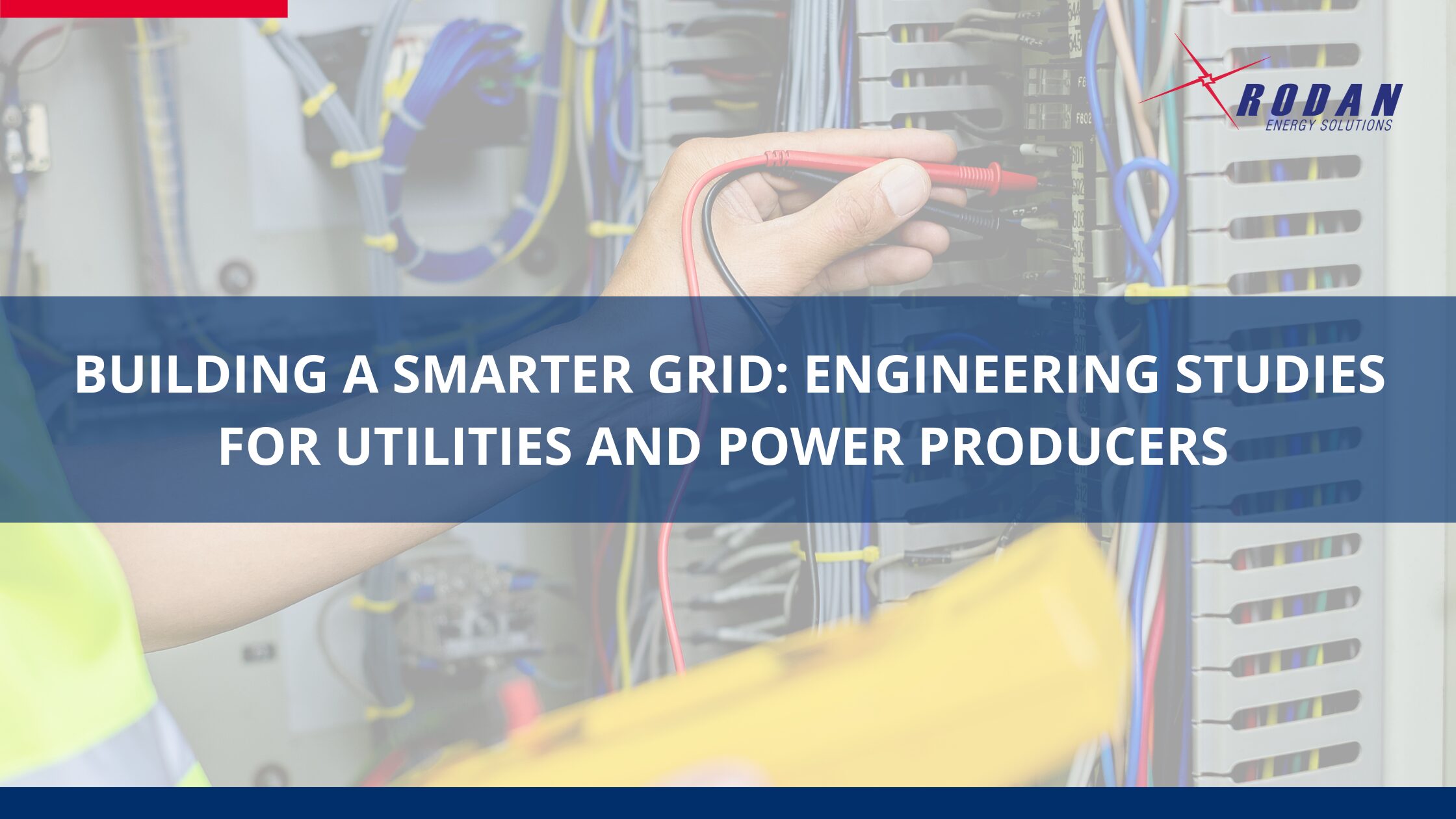Comprehensive energy modeling and analysis tracks efficiency and reveals immediate opportunities to save
Controlling manufacturing costs is a daily struggle, with fluctuating commodity prices and production demands putting ever-increasing pressure on the bottom line. The good news is that one of the highest costs on the shop floor—energy—can be significantly curbed, without a huge capital investment. The savings start with a good energy management information system (EMIS).
Certain techniques for energy data analytics can be implemented in a spreadsheet, but for the demands of a large-scale industrial or commercial application, it’s best done with an integrated software system for tracking, recording and reporting on how energy is used. Though some might perceive an EMIS as a later step in their journey toward energy efficiency, it’s actually best to adopt an EMIS right at the start.
“You want to create a solid baseline of how your facility or building is operating today,” says Chris Reid, senior vice-president of sales and marketing with Rodan Energy Solutions in Mississauga, Ont., an Ontario leader in working with industrial and commercial energy consumers to help them understand and reduce their commodity costs.
“If you start with an EMIS deployment you can then embark on programs such as Strategic Energy Management (SEM) or ISO 50001 to build long-term energy and cost savings in your business. Both these methodologies advocate that you must have an EMIS in place throughout the journey.”
An EMIS enables manufacturers to make immediate changes to cut energy waste. The other important role of the software is persistence. As savings are gained through operational efficiency, the EMIS helps sustain them over time and prevent the plant from reverting to old habits.
“You want to continuously measure and verify that you are in fact making progress, gaining efficiency and saving money,” Reid explains.
Low-hanging fruit
Among the immediate opportunities is behavioral change, such as turning off equipment traditionally left running over the weekend. Another common culprit for energy waste is timing. Often, equipment such as a furnace is cranked up to temperature right at the start of the shift, only to be left waiting for throughput. In some cases, one shift’s operation may be more energy efficient than another. An EMIS allows managers to spot the waste and tweak behaviors and procedures accordingly.
The systems also measure the performance of like equipment such as furnaces, and benchmark their efficiency against one another. The analysis allows plant managers to spot an under-performing furnace and either shift load away from it, or go back to the vendor to determine why the unit is off spec.
“Equipment can also fail,” Reid says. “A valve could fail while open, causing you to be flushing away a commodity such as hot water, or equipment might be leaking. These waste areas become revealed through the mathematical modeling you can create around commodities or major process units.”
In fact, mathematical modeling is the core of an EMIS. The systems take raw data from various meters throughout the plant, measuring commodities such as electricity, gas, water and steam. The data is put into actionable information by using modeling and analytics; providing clear dashboards and reports.
Features of a good EMIS
Given the importance of EMIS to any energy management program in manufacturing and other industries, it’s critical to consider a few key must-haves when evaluating software options:
• Real-time data. “This is particularly important in industrial applications,” Reid explains. “The strength of a good EMIS is the ability to have five-minute interval data integrated into the system so the shop floor has a real-time or near real-time representation of what’s going on in the facility or industrial process.”
Real-time data becomes even more important in large industrial facilities subject to peak demand electricity charges or in Ontario, the Global Adjustment. To this effect, peak prediction technology and a deep understanding of the Ontario electricity market are mission-critical and a crucial component of Rodan’s energy modeling and analytics strategy. The most recent addition to the Rodan portfolio is Sygration, a market leader in this area.
• Strong reporting engine. Data collected by the EMIS should be easily published and shared with stakeholders in the company.
• Intuitive dashboard. “The dashboard should be flexible and easy to navigate,” Reid says. “It should have a good complement of energy controls, the ability to illustrate what’s going on in the building or the industrial application in a form factor the user wants.”
• Reliable alerting and notification. A robust EMIS can validate and flag ‘bad data’ caused by scenarios such as a malfunctioning or out-of-range meter.
• Integration and connectivity. Manufacturers often want to integrate building control systems, plant historians, PLCs (programmable logic controllers) to allow data flow into the EMIS.
• Robust standards. Top EMIS offerings are aligned with recognized standards for data, such as Green Button. Ontario has recently completed a very successful pilot of the Green Button standard, in which Rodan’s subsidiary Energent was a key player.
• Portfolio management. This is important for manufacturers needing to measure and benchmark multiple industrial processes or plants against one another. “This allows you to determine which ones are performing best, which ones are outliers and more importantly, how do you replicate the top performers?” Reid notes.
Long-term savings
When considering EMIS, it’s important to keep in mind the systems are not focused on control. Though sometimes confused with EMIS, plant control systems, or building management systems, provided by vendors such as Siemens, Honeywell or Johnson Controls, are implemented to govern factors such as flow, temperature or pressure of operating equipment. They do not use advanced modeling and analytics to represent energy.
“What an energy management system is focused on is extracting the relevant energy- related data and creating the awareness and insight to how energy is being used. It uses mathematical models and looks at the factors driving the use of energy such as the weather or occupancy or an industrial process,” Reid explains.
An EMIS is also in for the long haul. As the business changes, production lines might be added or changed and new equipment purchased. With an ongoing baseline of energy use tracked and reported by the EMIS, manufacturers can readily assess return-on-investment from new energy-efficient machinery, and track the impact of operational changes.
This data is also useful for proving out efficiency gains to satisfy the reporting requirements of utility incentive programs such as Save On Energy, offered by Ontario’s Independent Electricity System Operator (IESO). In fact, the IESO specifically offers incentives for the use of an EMIS system and any associated metering, to drive the adoption of this important energy conservation approach.
“As opposed to the traditional way where utilities send engineers in to do calculations to measure and verify something, the EMIS itself becomes the basis for true measurement and verification,” Reid says. “There is work underway in the Commercial sector referred to as M&V 2.0, designed to reinforce the use of a robust EMIS system for measurement and verification.
The key takeaways about EMIS is a good system—with the right features and capabilities—can track, record and report on energy use throughout the facility or industrial plant. They should be implemented right at the outset of any energy management program, and are key to maintaining efficiency gains over time—delivering ongoing energy savings and a healthier bottom line.
[pullquote align=”left”]For more information on energy management information systems, visit Rodan Energy Solutions at rodanenergy.com or call (905) 625-9900 ext 241.[/pullquote]
Rodan Energy Solutions is a leading North American smart grid company delivering integrated energy solutions to large consumers, distributors and power producers.




